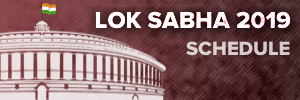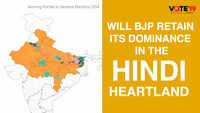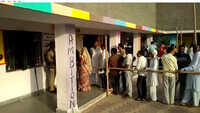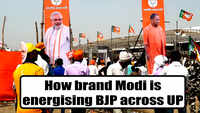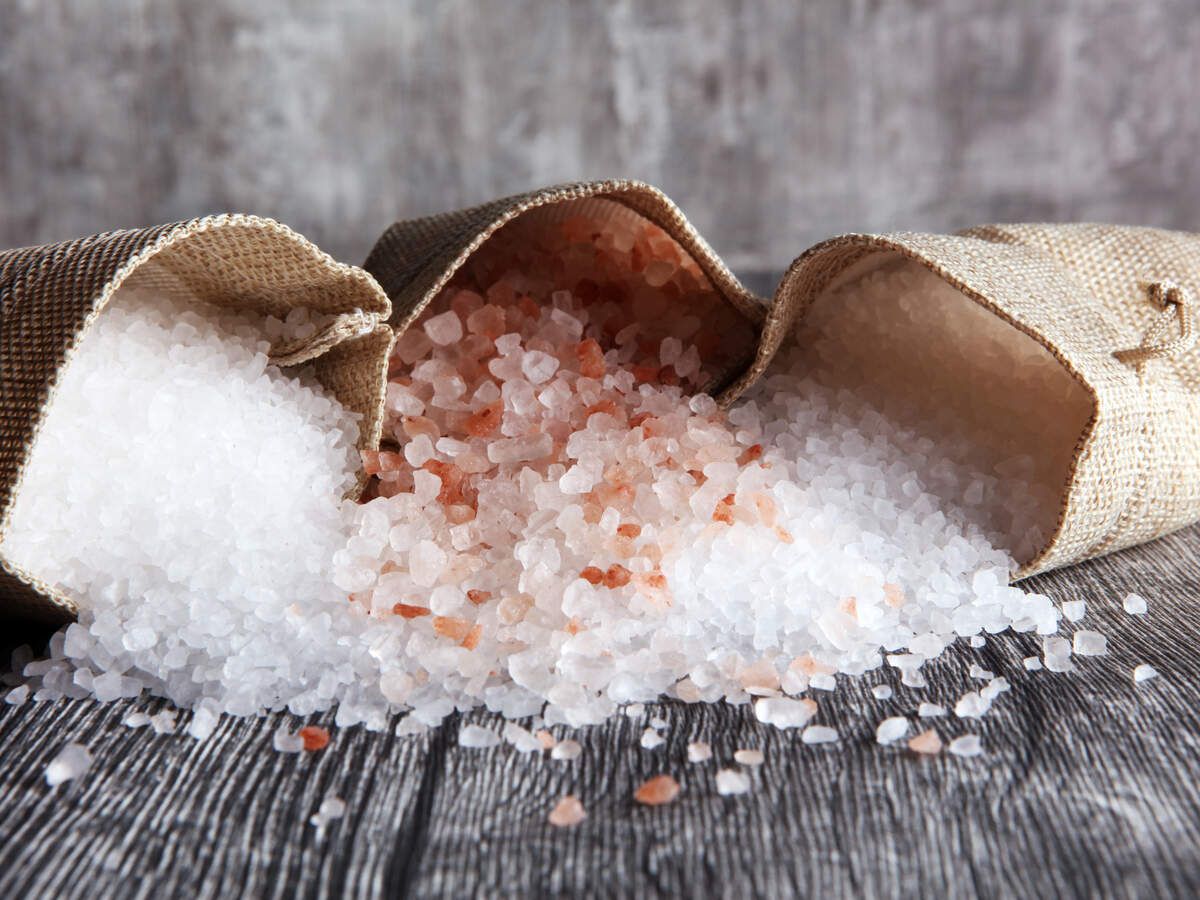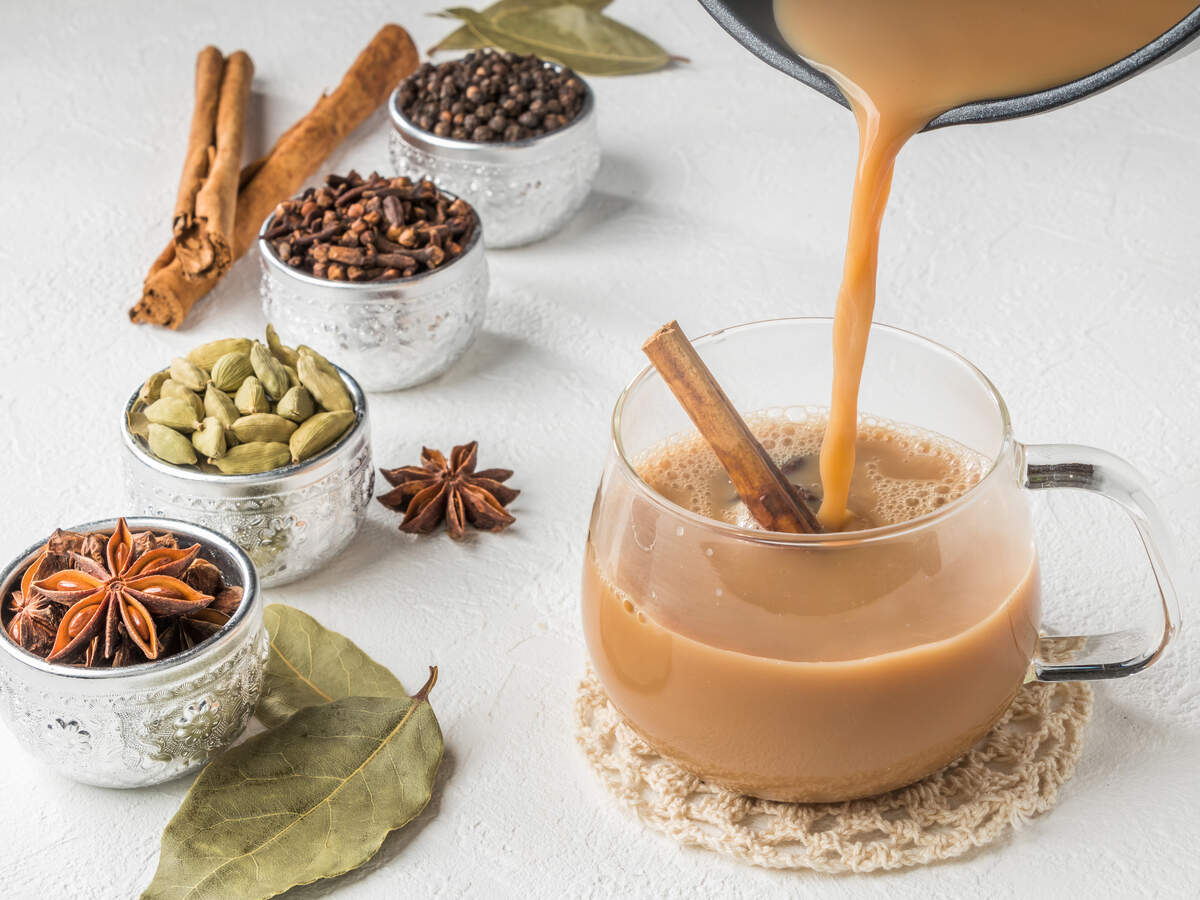
Gujarat created a record when the state registered a historic 64.11% voter turnout in the 2019 Lok Sabha polling held on Tuesday. Here, the biggest push seems to have come from rural Gujarat where the 94 rural assembly segments recorded a notable 1.1% rise in voting.
There are 182 assembly segments which comprise 26 LS seats. Of these, 94 are classified as rural and 44 each as urban and rurban.
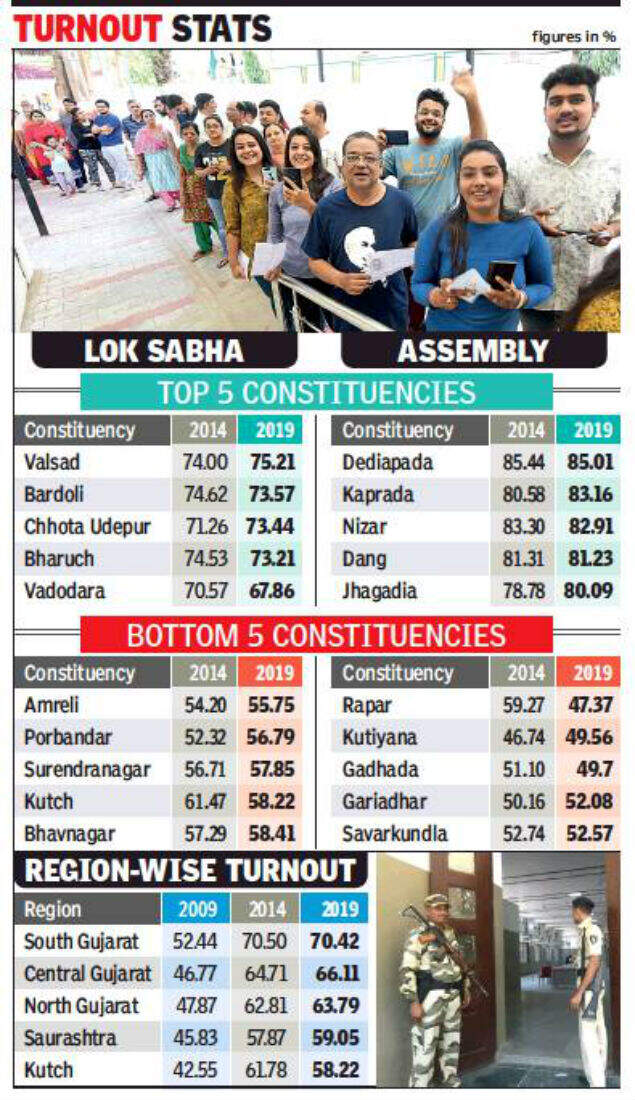
This election, 32 lakh more voters have exercised their franchise as compared to 2014 out of which a sizeable 18 lakh votes are in the rural segments. This time, 1.49 crore people have voted in rural assembly segments compared to 1.31 crore in last general polls.
Analysis of Tuesday’s polling data reveals that of the five segments that recorded highest rise in voting, three are rural while two are urban.
The Choryasi rural segment in Navsari seat recorded the highest — 71,243 more votes polled than in the previous election. Another rural segment, Kamrej in Bardoli seat, saw 56,938 more votes polled. In urban and rurban segments, voting increased marginally by 0.10% and 0.2%. On the 44 rurban seats, voting rose from 64.39% to 64.59%. Eight lakh more rurban voters exercised their franchise. The lowest rise in the voting percentage was recorded in 44 urban segments where voting percentage increased by 0.10%, a growth of only 6.36 lakh voters.
Olpad urban segment recorded the highest 58,941 more votes cast than in 2014. In Ahmedabad (east) Vatva polled 43,244 more votes.
The chief electoral officer, Gujarat had recorded 4.51 crore voters registering a rise of 50 lakh voters in 2019 general polls. Nishit Vyas, Congress general secretary, said, "Committed middle class BJP voters, after casting votes for the BJP in 2014, realized their financial condition had deteriorated. And hence they stayed away from voting" Vyas added, "In the rural areas, the farmers were not happy."
BJP spokesperson Bharat Pandya said, "The villagers are getting jobs. The farmers’ distress was not visible. BJP has already deposited Rs 13,000 in accounts of each farmer in drought-hit areas and another Rs 6,000 as central subsidy."
There are 182 assembly segments which comprise 26 LS seats. Of these, 94 are classified as rural and 44 each as urban and rurban.

This election, 32 lakh more voters have exercised their franchise as compared to 2014 out of which a sizeable 18 lakh votes are in the rural segments. This time, 1.49 crore people have voted in rural assembly segments compared to 1.31 crore in last general polls.
Analysis of Tuesday’s polling data reveals that of the five segments that recorded highest rise in voting, three are rural while two are urban.
The Choryasi rural segment in Navsari seat recorded the highest — 71,243 more votes polled than in the previous election. Another rural segment, Kamrej in Bardoli seat, saw 56,938 more votes polled. In urban and rurban segments, voting increased marginally by 0.10% and 0.2%. On the 44 rurban seats, voting rose from 64.39% to 64.59%. Eight lakh more rurban voters exercised their franchise. The lowest rise in the voting percentage was recorded in 44 urban segments where voting percentage increased by 0.10%, a growth of only 6.36 lakh voters.
Olpad urban segment recorded the highest 58,941 more votes cast than in 2014. In Ahmedabad (east) Vatva polled 43,244 more votes.
The chief electoral officer, Gujarat had recorded 4.51 crore voters registering a rise of 50 lakh voters in 2019 general polls. Nishit Vyas, Congress general secretary, said, "Committed middle class BJP voters, after casting votes for the BJP in 2014, realized their financial condition had deteriorated. And hence they stayed away from voting" Vyas added, "In the rural areas, the farmers were not happy."
BJP spokesperson Bharat Pandya said, "The villagers are getting jobs. The farmers’ distress was not visible. BJP has already deposited Rs 13,000 in accounts of each farmer in drought-hit areas and another Rs 6,000 as central subsidy."
Download The Times of India News App for Latest Elections News.
Making sense of 2019 #ElectionswithtimesView Full Coveragemore from times of india news
Get the app
